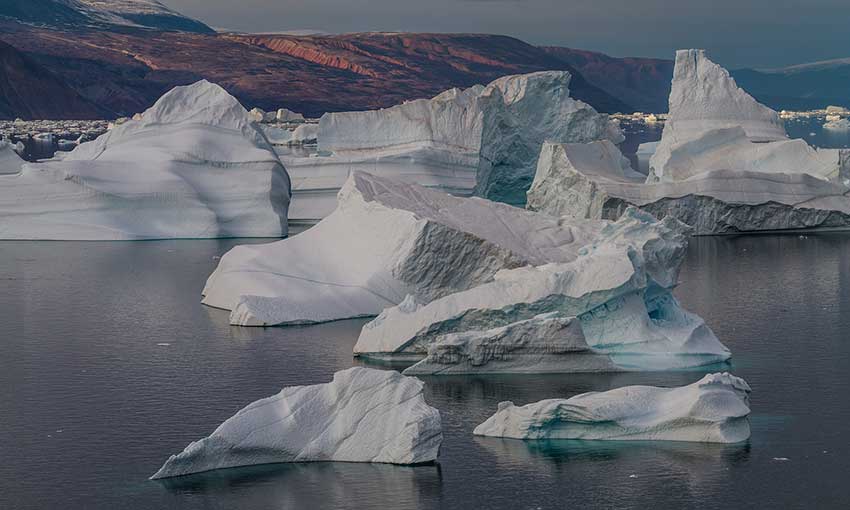DP World and Russia’s nuclear energy firm Rosatom signed a joint-venture agreement to develop the Northern Transit Corridor as a viable route for shipping between Asia and Europe.
DP World chairman and CEO Ahmed Bin Sulayem and Rosatom director general Aleksey Likhachev signed the agreement last week in Saint Petersburg.
The northern route cuts up to 19 days from the journey between South East Asia and North West Europe, according to DP World.
A statement from the company said one third of the world’s trade flows between the two continents and saving shipping time will significantly reduce carbon dioxide emissions. Also, the width and draught of vessels are not an issue along the northern route.
According to the statement, 33 million tons of cargo was carried along the Northern Transit Corridor in 2020 and Russian President Vladimir Putin is targeting 80 million tons by 2024.
In order for the route to open to such volumes, a comprehensive development program is needed, including the development of ports and transport links along Russia’s north coast.
Sultan Ahmed Bin Sulayem as the leading provider of worldwide, smart, end-to-end supply chain logistics, DP World supports Russia’s efforts to diversify trade flows between Asia and Europe.
“The Northern Transit Corridor holds out the prospect of shorter transit times between East and West,” he said.
“DP World has already committed to invest US$2 billion with the Russian Direct Investment fund, and we will continue to work with our partners in Russia to find solutions that allow the Northern Transit Corridor to develop sustainably.
“Capacity shortages and disruptions during the pandemic exposed weaknesses in the global economy. The Northern Transit Corridor, along with land routes we are investing in across Asia, will open more options to move cargo.”
Mr Likhachev said, “Building of sustainable transport infrastructure in the Arctic opens up new opportunities in developing the Eurasian transit which can be achieved in an optimal timeframe and help reduce the environmental footprint through shorter route distances and the advanced low-carbon energy solutions applied”.

